Victorians: Religion
Predominant at the start of the 19th century, by the end of the Victorian era the Church of England was increasingly only one part of a vibrant and often competitive religious culture, with non-Anglican Protestant denominations enjoying a new prominence. The period also saw the greatest burst of church building since the Middle Ages.
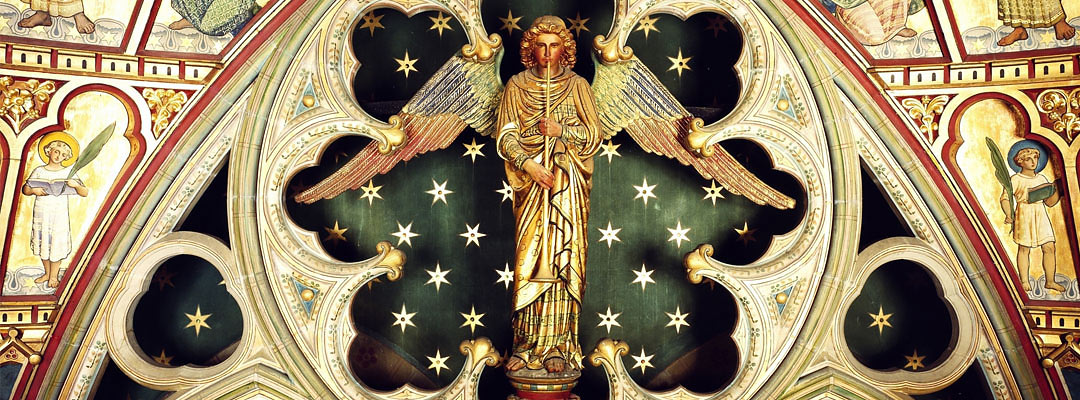
A CHRISTIAN COUNTRY
Throughout the 19th century England was a Christian country. The only substantial non-Christian faith was Judaism: the number of Jews in Britain rose from 60,000 in 1880 to 300,000 by 1914, as a result of migrants escaping persecution in Russia and eastern Europe.
Within the overwhelming Christian majority there were, however, many varieties of belief – and many disagreements.
EXPANDING THE CHURCH
The Church of England ended the century as it had begun: as the country’s established church. Nonetheless, it had changed enormously.
At the beginning of the century the difficulty of creating new parishes – a process that until 1843 required an Act of Parliament – meant that the Church was poorly represented in England’s new manufacturing cities.
The government had begun to remedy this. In 1818 it had voted £1 million to be spent on new churches, which was followed by another £500,000 in 1824, producing a surge in church building. The enthusiasm for building or restoring churches continued in Victoria’s reign, galvanised by the ‘High Church’ Oxford Movement: between 1851 and 1875, 2,438 churches were built or rebuilt.
St Mary's, Studley Royal, North Yorkshire, an aristocratic showpiece built in the 1870s, is a fine example of what could be achieved with sufficient funds.
IMPROVING THE CLERGY
One result of these changes was a major increase in the number of Church of England clergymen, from 14,500 in 1841 to 24,000 in 1875.
Their beliefs and practices were by no means uniform. At one extreme were the Evangelicals, who focused on the Gospel teachings rather than ritual, and emphasised preaching and Bible study. At the other, High Churchmen revived rituals, images, incense and vestments not seen in England since the Reformation.
OTHER DENOMINATIONS
Legislation in the 1820s had removed some of the barriers that had excluded Christians outside the Church of England – such as Catholics and Methodists – from most public offices and degrees at Oxford or Cambridge.
Pressure for further change was encouraged when the 1851 census revealed that out of a population of nearly 18 million, only 5.2 million attended Church of England services, with 4.9 million attending other Christian places of worship. The rise of non-Anglican Protestant denominations – including Methodists, Baptists and Quakers – is particularly striking: between them they represented nearly half the worshipping nation.
This blow to the Church of England led to pressure for further reforms, culminating in an 1871 Act of Parliament that abolished all religious requirements for attendance at universities.
GROWING DOUBT – AND FAITH
The 19th century was also the first time in England that a substantial number of public figures openly declared that they had no religious beliefs.
Study of the scriptures as historical texts, and scientific advances such as Charles Darwin’s theory of evolution (developed at Down House in Kent), made it more difficult for many educated people to accept the literal truth of the Bible. Some intellectuals and writers rejected the teachings of Christianity altogether. Others, such as the poet Alfred Tennyson, clung to their faith, ‘believing where we cannot prove’.
But the 19th century was far from irreligious. As the old certainties crumbled, new faiths emerged, such as Spiritualism, established in England by the 1850s, and Theosophy, which drew on Buddhism and Hinduism.
Victorian Stories
-
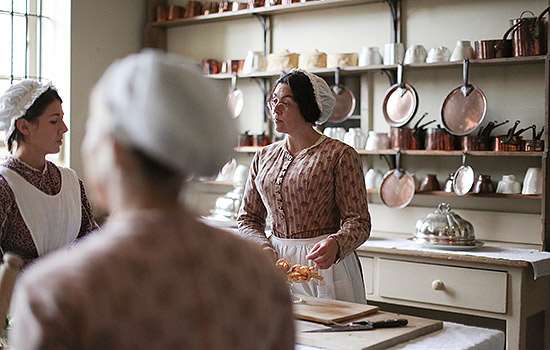
Below Stairs at Audley End
What were Victorian servants’ lives like? Discover the stories of the men, women and children who worked at Audley End House, Essex, in the 1880s.
-
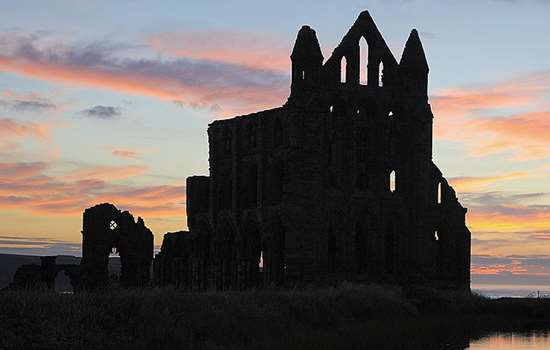
How Dracula Came to Whitby
How Bram Stoker’s visit to the town of Whitby provided him with atmospheric locations for a Gothic novel – and a name for his famous vampire.
-
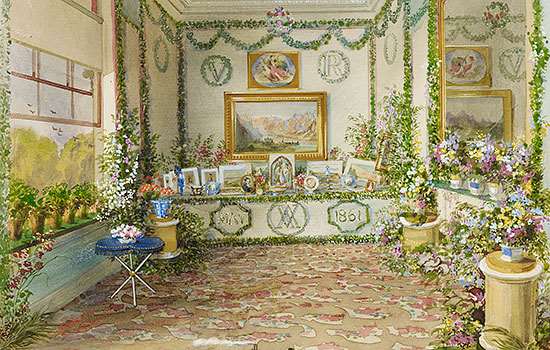
Birthdays at Osborne
Find out how Queen Victoria and Prince Albert celebrated their birthdays, and what the gifts they exchanged tell us about their private lives.
-
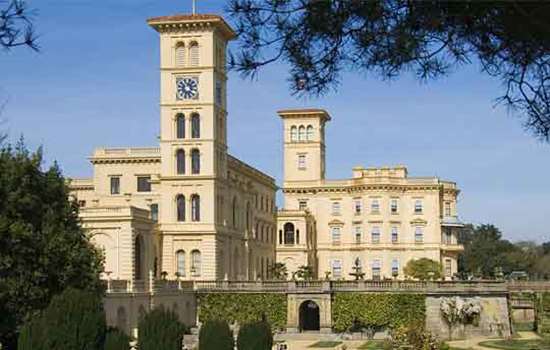
The ‘Osborne Style’: From Naples to Melbourne
How Osborne House’s Italianate design – the inspiration of Prince Albert – came to be imitated in public buildings throughout the British Empire.
-
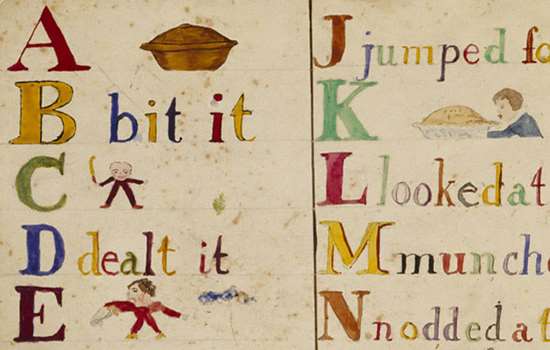
The Darwin Family at Down House
How Charles and Emma Darwin’s children were both seen and heard during their surprisingly boisterous childhood at Down House in Kent.
-
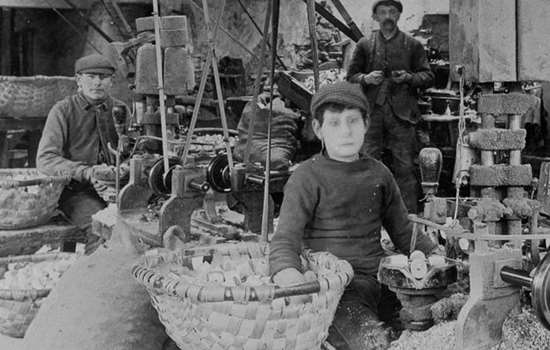
Child Labour in the Lake District
Stott Park Bobbin Mill is located in an idyllic spot, but life was far from ideal for the ‘bobbin boys’ who worked there in the 19th century.
-
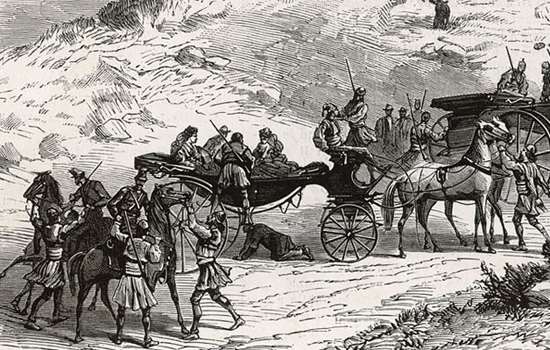
The Dilessi Massacre and a Gothic Revival Masterpiece
How the death of a young English aristocrat taken hostage in Greece inspired the building of St Mary’s Church, Studley Royal.
-
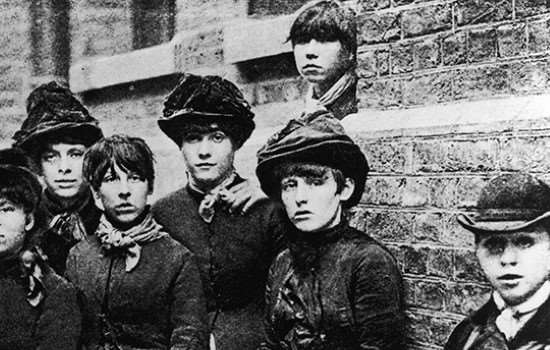
The Match Girls’ Strike
Read about one of the most important strikes in modern British history, which took place at the Bryant and May match factory in 1888.
More about Victorian England
-
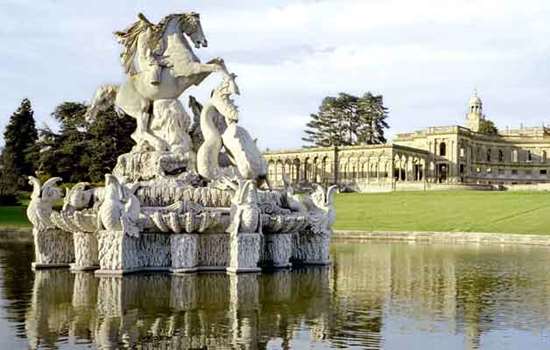
Victorian Architecture
The architectural profession is largely a Victorian creation. From the 1820s, architects began to experiment with a profusion of styles.
-
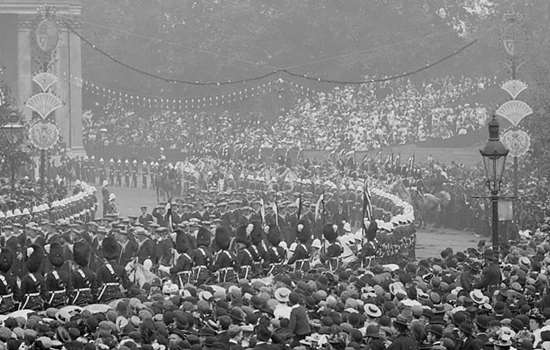
Victorian Power and Politics
Although England in the late 1830s was still ruled by a propertied upper class, there had long been a degree of social mobility.
-
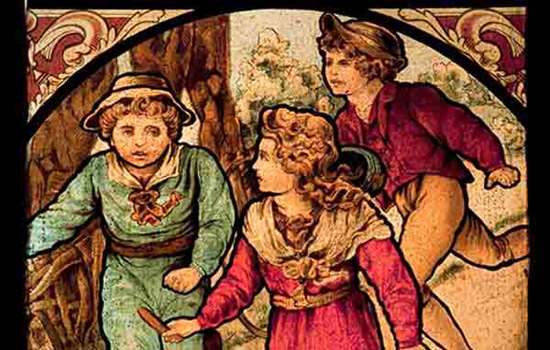
Victorian Daily Life
Although the Victorian era was a period of extreme social inequality, industrialisation brought about rapid changes in everyday life.
-
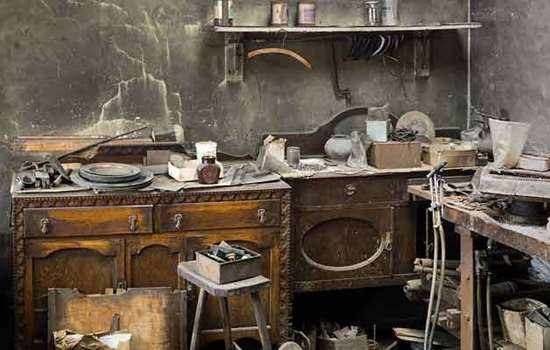
Victorian Commerce
Overseas trade and an extensive commercial infrastructure made Britain in the 19th century the most powerful trading nation in the world.
-
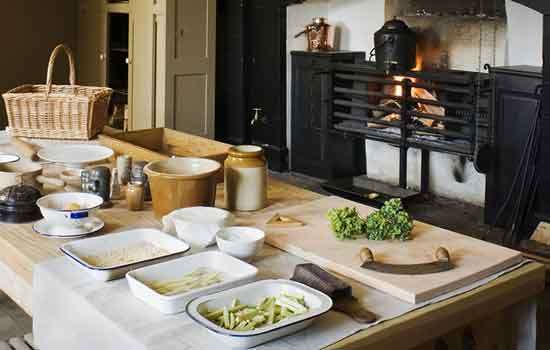
Victorian Food and Health
In the Victorian period the growth of the railways made it possible to transport food to markets. But there was still no cure for most diseases and life expectancy remained low.
-
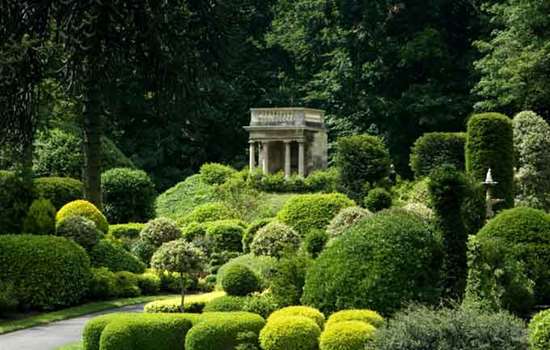
Victorian Parks and Gardens
An extraordinary number of innovations in the study and cultivation of plants were made during the Victorian period. Meanwhile, gardening became a national obsession.
-
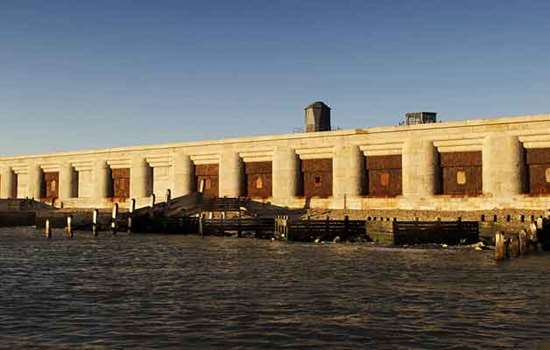
Victorians: War
Victorian Britain was both the greatest power in the world and the least militarised. Its military shortcomings were starkly revealed by the disastrous Crimean and Boer Wars.
-

Victorian Religion
The Victorian era saw the Church of England become increasingly only one part of a vibrant and often competitive religious culture.